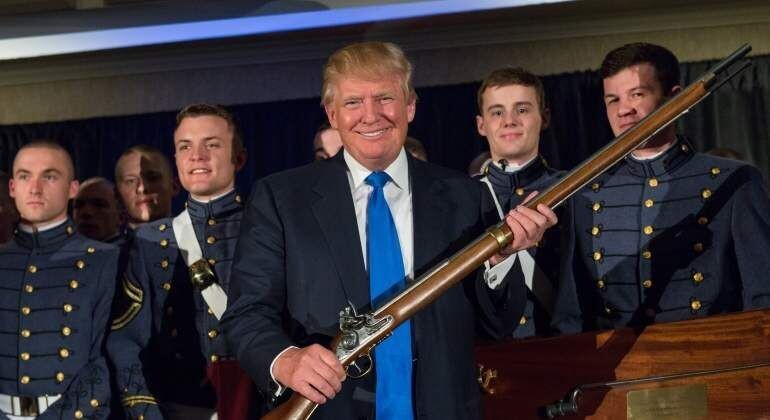
The President of the United States, Donald Trump, has made significant moves regarding the distribution of troops, declaring the intention to reclaim the Panama Canal and relocating army troops to the border with Mexico. This decision has generated a series of diverse reactions in response to the current historical situation.
On his Western flank, Trump is focusing on the Asia-Pacific, especially on China, a scenario where the possibility of war is contemplated. He has also ordered a campaign to stop and expel undocumented migrants, arguing that they could represent a terrorist threat. Additionally, he has lifted strategic restrictions on U.S. oil, thereby ensuring the supply of this energy source.
To reinforce defense, the implementation of an iron dome has been authorized to guarantee the safety of the United States against possible air attacks from abroad. Trump has the backing of technology oligarchs, who provide him with drone technologies and social media to support his position and disseminate his doctrine.
The shift in the military strategy of the United States indicates a possible confrontation with China in the Pacific instead of with Russia in Europe and the North Atlantic. This strategic realignment entails a transfer of military forces and a reconfiguration of the country's defensive priorities.
For his part, Trump has taken actions in the Gulf of Mexico, renaming it and taking additional security measures in the region. All of this, including the strategic importance of the Panama Canal, reinforces the urgency of the president to secure his flanks and maintain control over the region.
It is important to highlight that, in response to these actions, Trump receives both support and criticism, generating conflicting positions on the viability and legitimacy of his geopolitical movements. Ultimately, the global landscape is shaken by these changes, posing crucial challenges for the international community and global stability.














